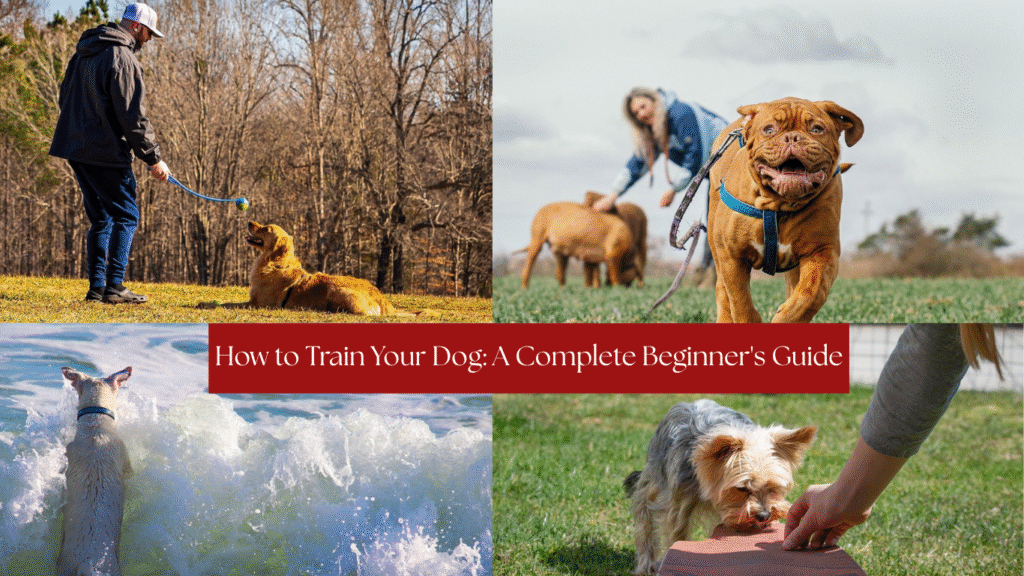Training your dog is one of the most rewarding experiences for both you and your furry friend. Whether you’re a new dog owner or looking to refine your training methods, this comprehensive guide will walk you through essential tips and tricks for effective dog training. From teaching basic commands to dealing with behavioral problems, we’ll cover everything you need to know to train your dog with confidence and ease.
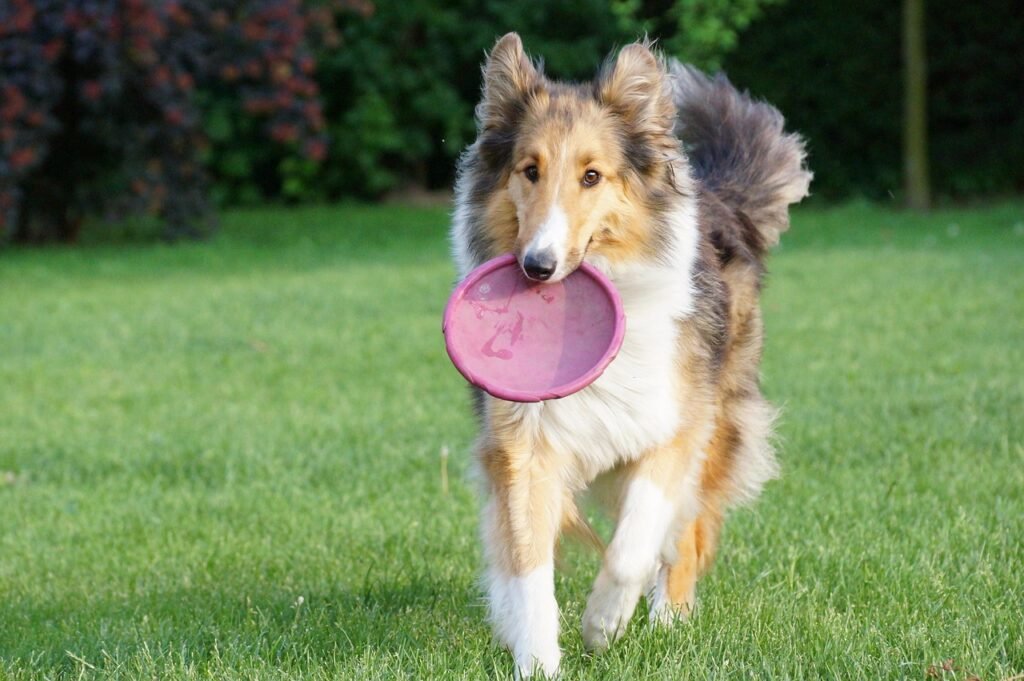
Why Dog Training Is Important
Training your dog is not just about teaching them tricks; it’s about establishing clear communication and creating a safe environment for them to thrive in. Proper training fosters a strong bond between you and your pet while also promoting good behavior. A well-trained dog is less likely to develop behavioral problems and more likely to adapt to different situations, making them a joy to be around.
1. Start with Basic Commands
Basic commands are the foundation of dog training. These commands will help you establish control over your dog and build a positive relationship. The most important basic commands are:
- Sit: This is one of the easiest commands to teach and helps to get your dog’s attention.
- Stay: Useful for keeping your dog in one place, whether for safety or relaxation.
- Come: A crucial command that ensures your dog will return to you when called.
- Down: This teaches your dog to lie down and can be used to calm them down during excitement.

How to Train Your Dog to Sit:
- Get your dog’s attention by holding a treat in your hand.
- Slowly raise your hand above their nose, causing them to naturally sit.
- Once they sit, immediately reward them with the treat and praise.
- Repeat the process until your dog associates the action with the command.
Use positive reinforcement, such as praise and treats, to make learning enjoyable for your dog.
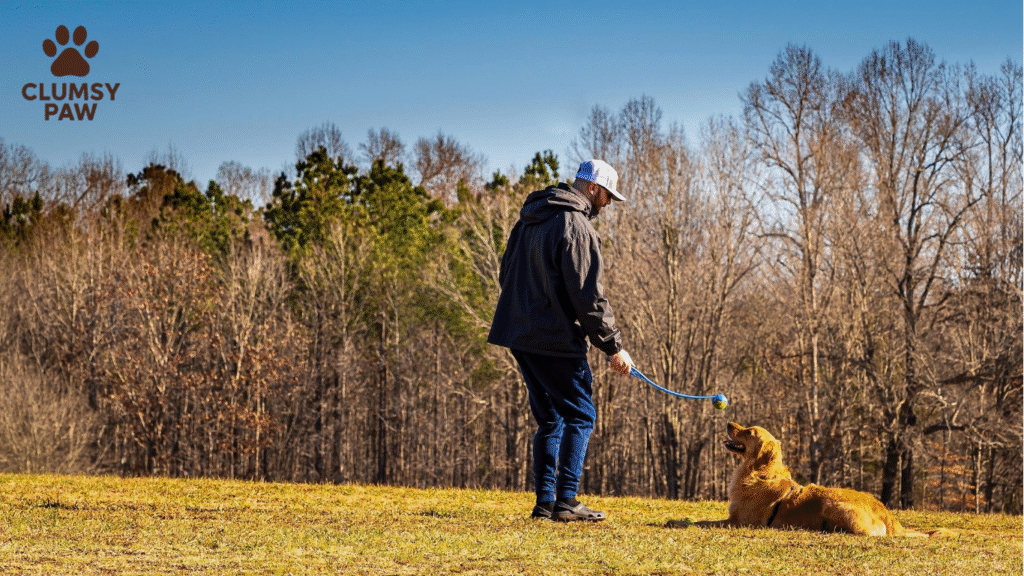
2. Crate Training: Creating a Safe Space
Crate training is an essential part of housebreaking and creating a safe, secure environment for your dog. A crate serves as your dog’s personal space, helping them feel comfortable when left alone. Crate training can also prevent destructive behavior and help with potty training.
How to Crate Train Your Dog:
- Introduce the crate by placing it in a quiet area with comfortable bedding and toys.
- Encourage your dog to explore the crate by placing treats inside.
- Gradually increase time spent in the crate, starting with short periods and working up to longer ones.
- Never use the crate as punishment, as this can create negative associations.
Crate training builds trust and makes your dog feel secure while helping with housebreaking.
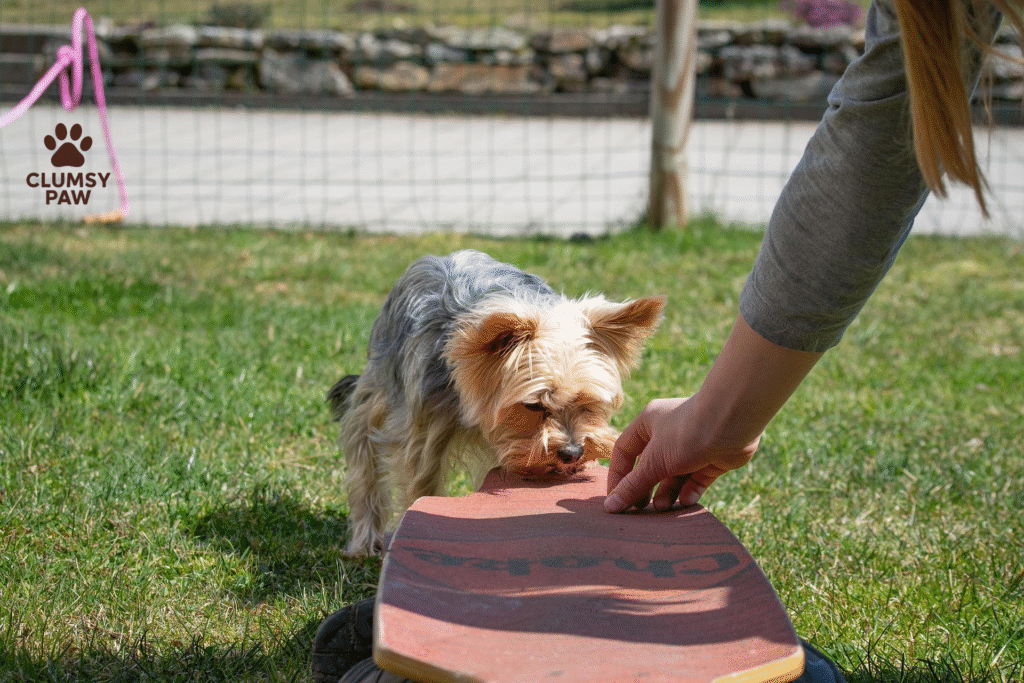
3. Potty Training Your Dog
Potty training is one of the first challenges new dog owners face. With patience and consistency, you can teach your dog where and when to go. The key to successful potty training is sticking to a schedule and rewarding your dog for doing their business outside.
Tips for Potty Training Your Dog:
- Take your dog outside frequently, especially after meals, naps, and playtime.
- Praise and reward them immediately after they go outside to reinforce the behavior.
- If your dog has an accident indoors, clean the area thoroughly to eliminate odors that might attract them back to the spot.
- Be patient! Puppies may need several weeks to learn, while older dogs may take longer to adjust.
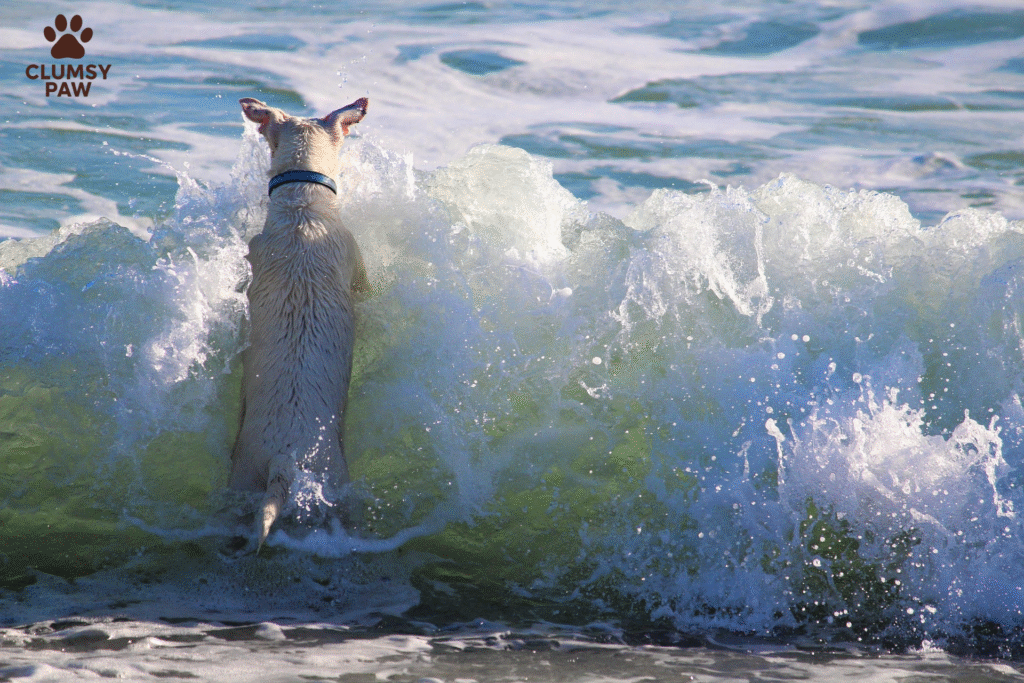
4. Leash Training: Walks Made Easy
Leash training teaches your dog how to walk calmly by your side, which is essential for enjoyable walks. Without proper leash training, your dog may pull, tug, or get distracted, making walks frustrating for both of you.
How to Train Your Dog to Walk on a Leash:
- Begin by attaching the leash to your dog’s collar and letting them get used to it indoors.
- Start walking with your dog at your side and encourage them with treats and praise when they stay close.
- If your dog starts pulling, stop walking immediately. Wait for them to return to your side before continuing.
- Use treats to reward good behavior and gradually increase the distance of your walks.
With patience, your dog will learn to walk on a leash without pulling, making outings enjoyable.
5. Socialization: Meeting New People and Dogs
Socialization is critical for your dog’s development. Introducing your dog to new experiences, people, and other dogs helps them feel comfortable and confident in various situations. Socialized dogs are less likely to show aggression or fear around strangers and can interact more easily with other pets.
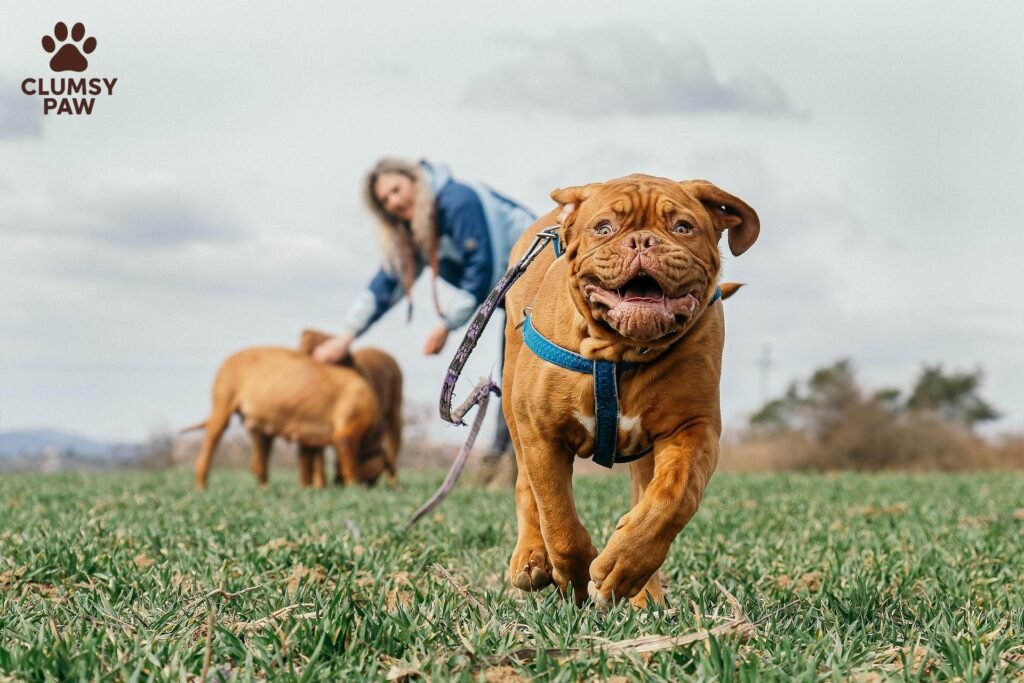
How to Socialize Your Dog:
- Introduce your dog to new environments, such as parks or busy streets, to expose them to different sounds and sights.
- Organize playdates with other dogs to help your dog learn appropriate social behaviors.
- Gradually expose your dog to new people and allow them to approach at their own pace.
- Reward calm and friendly behavior during social interactions.
Proper socialization ensures your dog grows up to be well-adjusted and confident. Also check out: Fun Activities to Do with Your Dog on the Weekend
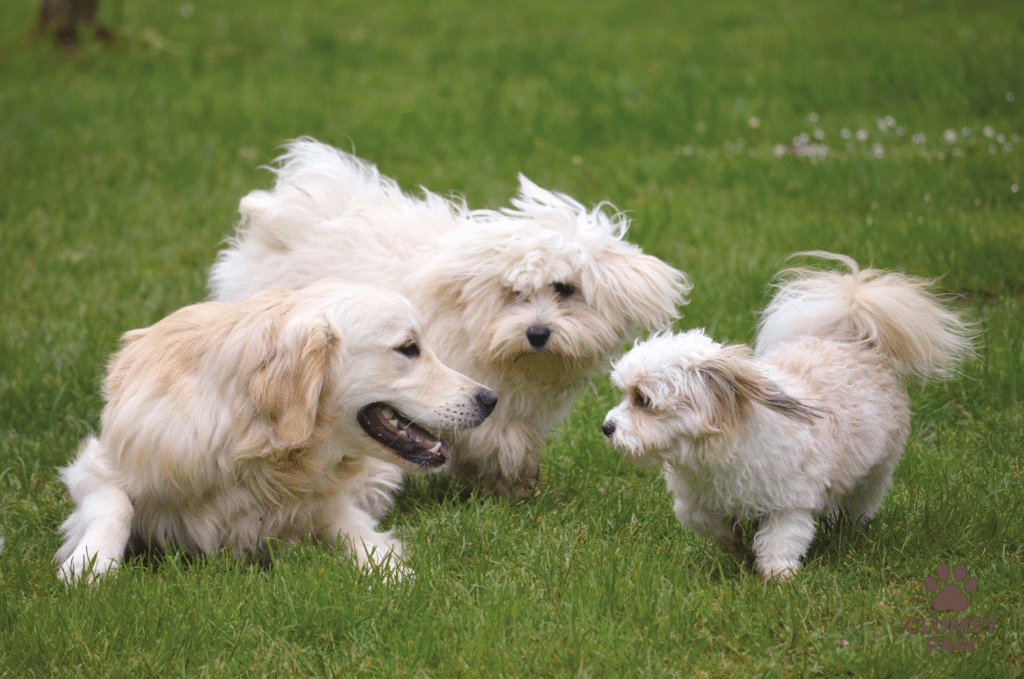
6. Dealing with Behavioral Issues
Every dog has unique quirks and behaviors that can sometimes be challenging to manage. Whether it’s barking, chewing, or separation anxiety, it’s important to address these behaviors early on.
How to Address Common Behavioral Issues:
- Excessive Barking: Teach your dog the “quiet” command and reward them when they stop barking.
- Chewing: Provide appropriate chew toys and redirect your dog’s attention when they chew on furniture or shoes.
- Separation Anxiety: Gradually get your dog accustomed to being alone by leaving them for short periods and gradually increasing the time.
Addressing behavioral issues requires consistency and positive reinforcement.

7. Advanced Training: Tricks and Agility
Once your dog has mastered the basics, you can move on to more advanced training, such as teaching tricks or agility courses. Advanced training can keep your dog mentally stimulated and further strengthen the bond between you.
Popular Dog Tricks to Teach:
- Shake hands: Hold a treat in your hand and guide your dog’s paw to your hand.
- Roll over: Gently guide your dog to roll by using a treat and a hand motion.
- Fetch: Teach your dog to retrieve objects, starting with toys and progressing to balls.
Agility training helps improve your dog’s physical fitness and coordination. Set up an agility course with hurdles, tunnels, and weave poles for your dog to navigate.

8. Consistency and Patience Are Key
The most important element of dog training is consistency. Dogs thrive on routine and repetition, so it’s essential to stick to your training schedule. Whether you’re teaching basic commands or dealing with behavioral issues, be patient. Some dogs may take longer to learn, but with persistent effort, you’ll see progress.
9. Seeking Professional Help
If you encounter persistent issues or feel overwhelmed, don’t hesitate to seek professional help. Professional dog trainers can provide personalized training and behavior modification techniques to address more complex challenges.
Conclusion
Training your dog is a lifelong commitment, but the rewards are well worth the effort. By starting with the basics and using positive reinforcement, you can create a strong bond with your dog while promoting good behavior. Remember, patience and consistency are key to successful dog training. Whether you’re working on potty training, leash walking, or advanced tricks, every step brings you closer to a well-behaved, happy dog.
By following the advice in this beginner’s guide, you’re on your way to raising a well-trained and confident dog that will be a loyal companion for years to come.

